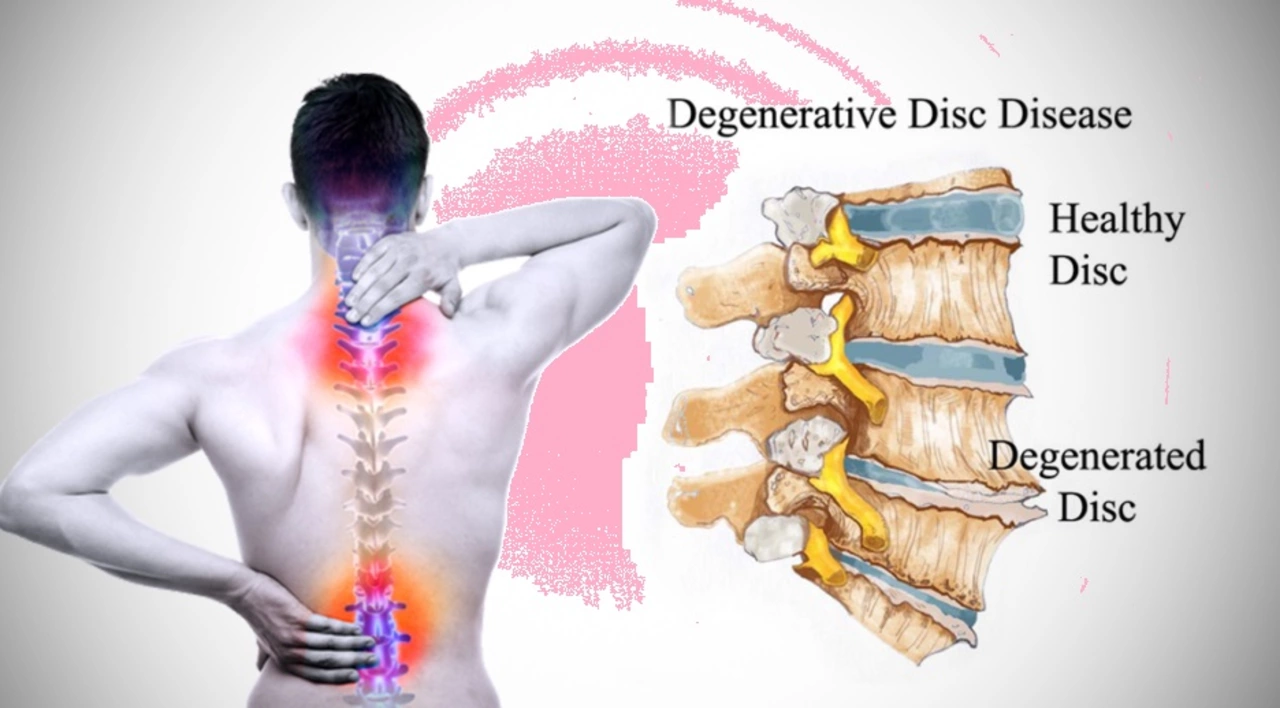Osteodystrophy: what it is and what you can do
Osteodystrophy means abnormal bone growth or weakness caused by another disease. The term often shows up with kidney disease (renal osteodystrophy), but hormones, vitamin D problems, long-term steroids, and other chronic illnesses can cause it too. If you have bone pain, repeated fractures, short height, or dental problems that don’t fit other explanations, pay attention—these are common signs.
What causes osteodystrophy?
Most cases come from problems that change how your body handles calcium, phosphate, and vitamin D. Chronic kidney disease is a big one: damaged kidneys can’t balance phosphate and activate vitamin D, which upsets parathyroid hormone (PTH) and weakens bone. Other causes include long-term steroid use, untreated vitamin D deficiency, endocrine disorders (like hyperparathyroidism), and some genetic or metabolic conditions.
Medications and lifestyle matter too. Long steroid courses can speed bone loss. Poor nutrition, smoking, heavy alcohol use, and little weight-bearing exercise make bones more fragile. Diabetes and liver disease can also affect bone health indirectly.
How doctors check for it
Expect a mix of blood tests and imaging. Typical labs: calcium, phosphate, PTH, alkaline phosphatase, and 25‑hydroxy vitamin D. Your doctor may order a DEXA scan to measure bone density or plain X-rays to show changes in bone shape. For kidney-related cases, nephrology input is usually needed.
Don’t wait for a broken bone to get tested. If you have kidney disease, long-term steroid use, or unexplained bone symptoms, ask your clinician about these tests.
Treatment and everyday steps you can take
Treatment focuses on fixing the underlying problem. For kidney-related osteodystrophy this often means controlling phosphate (diet and binders), correcting vitamin D levels, and treating abnormal PTH. When steroids are the issue, doctors try to lower the dose or switch to safer options when possible (see our posts on steroid alternatives and deflazacort for context).
Other useful steps you can start now: eat enough calcium rich foods if your doctor agrees, get vitamin D checked and replaced as needed, do regular weight-bearing exercise, stop smoking, and limit heavy drinking. Work on fall prevention at home if your balance or strength is down.
Serious signs that need urgent care: sudden severe bone pain, an obvious fracture, numbness or muscle cramps from very low calcium, or rapid worsening of mobility. If any of those happen, get medical help fast.
Want more practical reads from KwikMed? Check related guides like “Torsemide and Liver Disease,” “Deflazacort's Role in Managing Duchenne Muscular Dystrophy,” and “Top 8 Alternatives to Prelone” to see how medications and chronic illnesses can change bone health. Our articles on supplements and natural strategies also offer tips for daily bone support.
Have specific symptoms or a diagnosis? Talk to your GP or a specialist (nephrologist or endocrinologist). Bone problems are often manageable when treated early.

